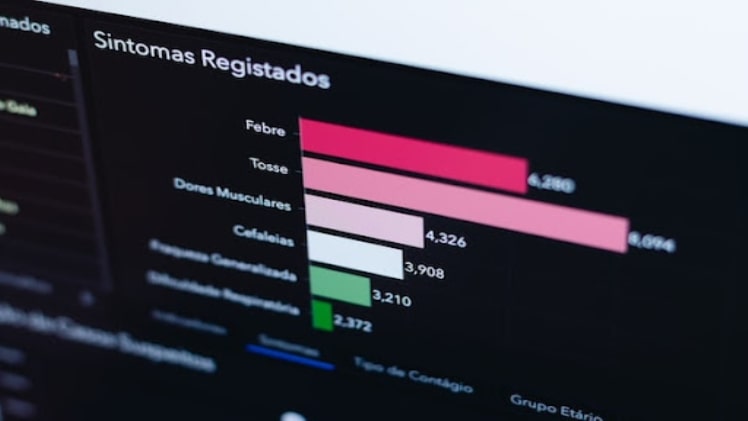Creating an effective data visualization can be a challenge, but with some careful planning and attention to detail it is definitely possible to create something that is both informative and visually appealing. Keep reading to learn some tips and tricks for creating an effective data visualization.
Create a story with your data visualization.
When creating data visualizations, it is important to first consider what story you want to tell. What are you trying to highlight or communicate with your data? Once you have a clear idea of the story you want to tell, you can begin to select the appropriate visuals and layout.
Your data visualization should be easy to understand and visually appealing. Use colors and labels that will help readers understand the data at a glance. Be sure to use graphs and charts that are standard and familiar so that readers will not need to spend time deciphering them.
If possible, try to use interactive elements in your visualization so that readers can explore the data further on their own. Animation can also be used effectively to help explain complex data sets. When creating your visualization, be sure to keep your audience in mind and make sure the information is easy for them to understand.
Use colors effectively.
When used effectively, colors can help to improve the clarity of data visualizations and enable viewers to understand the information more easily. In order to use colors effectively, it is important to consider what each color means and how it can be used to support the message of the visualization.
Each color can be used to communicate different messages to viewers. For example, if you want to communicate that a company is stable and growing, you might use a data visualization that is blue and green. If you want to communicate that a company is experiencing a lot of growth, you might use a data visualization that is mostly green. If you want to communicate that a company is in danger of going bankrupt, you might use a data visualization that is red and black.
Color can also be used to create contrast between different data points. For example, if you have a data visualization that has a lot of blue and green, you might want to use a color like red to highlight a specific data point. This can help to draw attention to the most important data points and make them easier to understand.
Choose the right type of visualization.

There are many different types of data visualizations, and the one you choose to use depends on what you want to communicate. Some visuals, like bar graphs and line graphs, are good for comparing data points over time. Others, like scatter plots and pie charts, are good for showing how different parts of a whole relate to each other.
No matter what type of visualization you choose, it’s important to make sure that it is easy to understand and visually appealing. Use clean, simple designs and avoid cluttering your chart with too much information. Also, be sure to use the right type of chart for the data you’re trying to show.
When choosing a visualization, it’s important to consider the audience you’re trying to reach. If your data is complex, you may need to use a more sophisticated visualization like a heat map or bubble chart. If your data is simple, a basic visualization like a table or graph will likely be sufficient. It’s also important to consider the format of your data. For example, if you have text data, you may want to use a word cloud or tag cloud to display the data. If you have numeric data, you may want to use a bar graph or pie chart.
By using the right type of data visualization, you can make it easy for your audience to understand your data.

